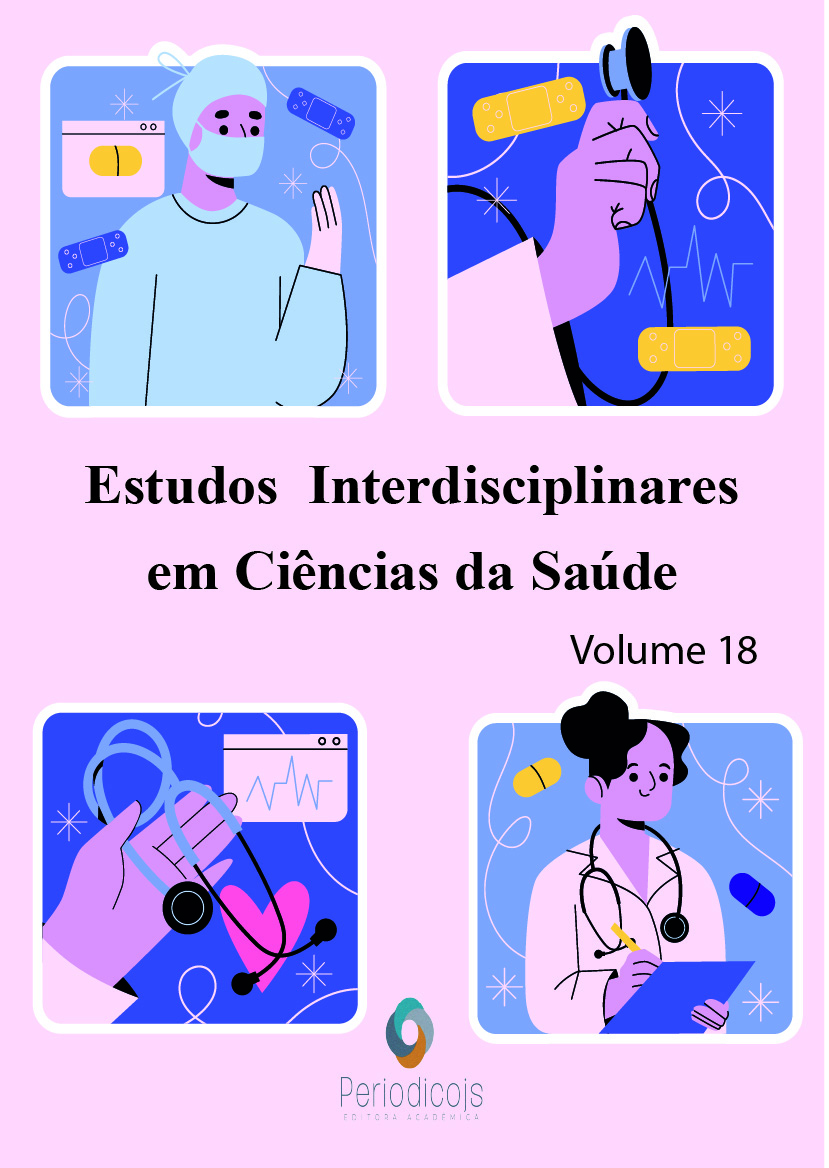Abstract
Childbirth is an absolutely biological method, for many women it is associated with pain, suffering and a wide range of fears, repeatedly fed by the media and by the accelerated and unique lifestyle of each individual in today’s world (VASCONCELOS, 2001). Considering the risks, Brasil (2005) points out that pre-eclampsia/eclampsia are the first causes of maternal mortality in Brazil and determine the highest number of perinatal deaths, in addition to the significant increase in the number of newborns with sequelae when they survive the damage of hypoxia. cerebral.Considering the reality of public health in Brazil, mainly in the northern region, this work aims to report the experiences of vaginal birth care, highlighting the main difficulties experienced in a city in the interior of the state of Pará. of a descriptive study of the experience report type, about activities and practices never experienced by the author in the maternity ward of a public hospital in the city of Faro, western Pará in the months February to December 2022. Therefore, the need for structure is concluded , inputs, distance, it is clear that providing healthcare becomes even more difficult in these difficult to access places. Thus, the article presents three topics that the author considers never experienced and which served as a reason for acquiring new knowledge in obstetrics
References
Aquino MMS. Garcia GM, Rodrigues TMC et al. Condulta obstétrica na apresentação pélvica. RBGO 2000
Brasil. Ministério da Saúde. Humanização do parto e do nascimento/Ministério da Saúde. Brasília, |DF; 2014
Brasil. Ministério da Saúde. Secretaria de Atenção à Saúde. Departamento de Atenção Básica. Atenção ao pré-natal de baixo risco / Ministério da Saúde. Secretaria de Atenção à Saúde. Departamento de Atenção Básica. – Brasília : Editora do Ministério da Saúde, 2012.
Brasil. Ministério da Saúde. Secretaria de Atenção à Saúde. Departamento de Ações Programáticas Estratégicas. Área Técnica de Saúde da Mulher. Pré-natal e Puerpério: atenção qualificada e humanizada - manual ténico/Ministério da Saúde, Secretaria de Atenção à Saúde, Departamento de Ações Programáticas Estratégicas – Brasília: Ministério da Saúde, 2005. 158 p. color. – (Série A. Normas e Manuais Técnicos) – (Série Direitos Sexuais e Direitos Reprodutivos - Caderno nº 5)
Brasil. Ministério da Saúde, PRÉ-NATAL E PUERPÉRIO ATENÇÃO QUALIFICADA E HUMANIZADA MANUAL TÉCNICO Série A. Normas e Manuais Técnicos Série Direitos Sexuais e Direitos Reprodutivos - Caderno nº5. Brasilia. 2005
Costa MF L. e Barreto S M. Tipos de estudos epidemiológicos: conceitos básicos e aplicações na área do envelhecimento. [Epidemiologia e Serviços de Saúde 2003; 12(4) : 189 – 201
FRAGALA, G. Using ergonomics to prevent back injuries. Nurs. Manag., v. 25, n.10, p. 98-100, 1994.
PARECER DE COMISSÃO Nº 008/2020 CONUE/COFEN- Ref.: Despacho DGEP/COFEN 333/2020 EMENTA: Remoção de pacientes – Transporte extra- hospitalar «PIBMunicipal2010-2014». Instituto Brasileiro de Geografia e Estatística. Consultado em 28 de dezembro de 2016
Rezende obstetrícia / Carlos Antonio Barbosa Montenegro, Jorge de Rezende Filho. - 13. ed. - Rio de Janeiro : Guanabara Koogan, 2017.
Vasconcelos ALR, Bacha AM, Alencar Junior CA, Leocádio EMA, Calderon IMP, Schirmer J, et al. Parto, aborto e puerpério: assistência humanizada à mulher [Internet]. 2001 [ ACESSO EM 30/12/2022]. Available from: https://bvsms.saude.gov.br/bvs/publicacoes/ cd04_13.pdf
Saisto T, Halmesmaki E. Fear of childbirth: a neglected dilemma. Acta Obstet Gynecol Scand. 2003;82(3):201-8.
Sandall J, Soltani H, Gates S, Shennan A, Devane D. Midwife-led continuity models versus other models of care for childbearing women. Cochrane Database Syst Rev. 2013; (8): CD004667.

